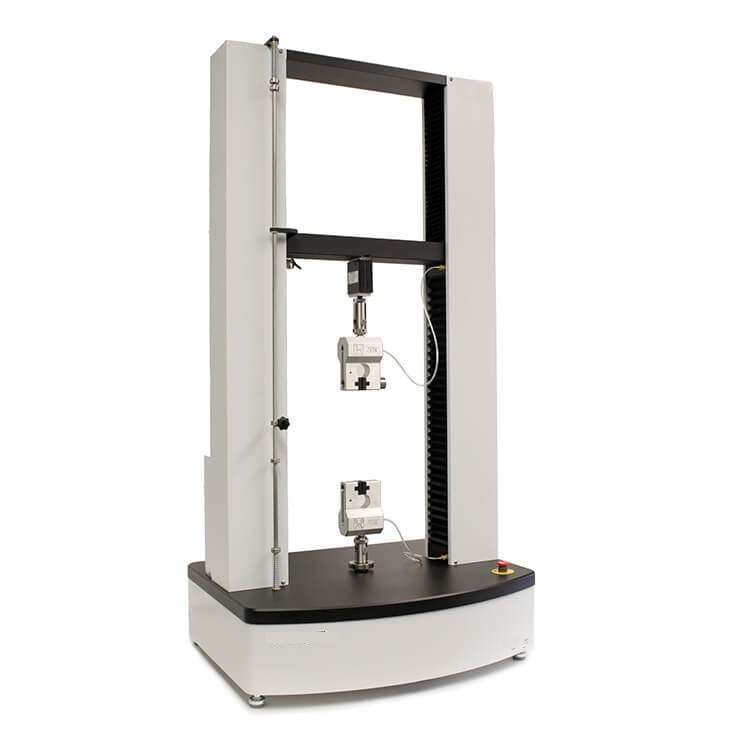In the present rapidly moving and ever-evolving nation, the significance of directing a tension test cannot be exaggerated. From electronic mechanisms to power-driven systems, Tensile testing machine is a vital aspect of ensuring the dependability and function of an extensive variety of products and tools. Though, with the vast array of testing approaches and parameters accessible, it can be discouraging to see for the finest methods for your particular requirements. In this ultimate guide, we will see into the world of tension testing, discovering the important constraints and best practices that would assist you navigate the complications of this life-threatening process. From knowing the principles of Tensile testing to mastering the systems and parameters needed, this comprehensive guide will give you knowledge and proficiency needed to do a tension test that meets the highest standards of quality and correctness.
What is a Tension Test?
In the vast and diverse area of industries, Tensile testing machine India plays a vital role in confirming the quality and reliability of products. At the heart of any material’s performance lies its tensile strength, the capability to survive external power and strengths without worsening. In the world of engineering, industrial, and quality controller, a tension test is a critical procedure that gauges the forte and toughness of materials under numerous loads. This rigorous evaluation is vital in certifying the safety and trustworthiness of products, from the day-to-day commodities we use to the composite machinery and infrastructure that reinforce our modern society.
A tension test, also known as a tensile test, examines the extreme stress a material can survive before breaking, as well as its conforming strain. This important information allows engineers and constructers to develop and progress materials that can bear the inflexibilities of real-world applications, from the quite risky environmental situations to the most difficult mechanical loads.
Why Conduct a Tension Test?
- Doing a tension test is a critical phase in safeguarding the steadfastness and recital of any product, mostly in businesses where the least failure can have shattering penalties. This tensile test, is a damaging test that evaluates the thoroughgoing force a material can survive before it breaks or be unsuccessful. This vital test provides a wealth of data about the material’s possessions, including its métiers, springiness, and ductileness.
- By doing a tension test, you can get valued perceptions into the material’s behavior under numerous loads, which is crucial for understanding the weight, quality and manufacturing products that encounter detailed security and presentation ideals. The test even aids to recognize potential weaknesses and defects in the material, permitting you to take remedial measures to stop failures and guarantee the long life of the product.
- In many industries like the aerospace, motorized, and buildings, where materials are subjected to life-threatening stresses and loads, a tension test is an more vital stage in the expansion and testing procedure. By knowing the material’s properties and confines, technologists and builders can plan and create products that are safer, more reliable, and well-organized.
What are the parameters of tensile testing?
The evaluation of basic characteristics of engineering materials, the development of novel materials, and the management of the quality of materials for use in design and construction are all areas in which mechanical testing plays an essential role. In order to determine the mechanical characteristics of a material, the Tension Test is the sort of test that is used the most often.
In addition to serving as an acceptance test for the specification of materials, the tension test is commonly used to provide fundamental design information about the levels of strength possessed by materials. The stress-strain curve that is acquired during the tension test is characterized by many key characteristics. These parameters comprise of the tensile strength (UTS), vintage strength or yield point (σy), elastic modules (E), percent extension (∆L%), and the decrease in the place (RA%). Using this testing method, it is also possible to determine toughness, resilience, and Poisson’s ratio (v) and so on.
In conclusion, the duration of the test is also a critical consideration, as it regulates the length of time that the material is exposed to the applied stress. This could range from a few seconds to many hours, and must be cautiously selected to guarantee that the test is both resourceful and operative.
Conclusion
Whether you’re a manufacturer, scientist, or quality control professional, this guide is designed to help you navigate the complex world of tensile testing machines.

As the editor of the blog, She curate insightful content that sparks curiosity and fosters learning. With a passion for storytelling and a keen eye for detail, she strive to bring diverse perspectives and engaging narratives to readers, ensuring every piece informs, inspires, and enriches.










